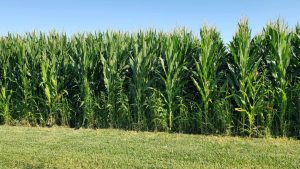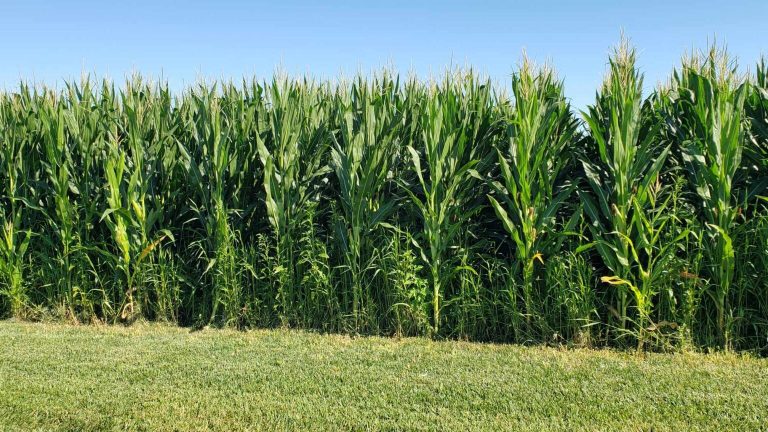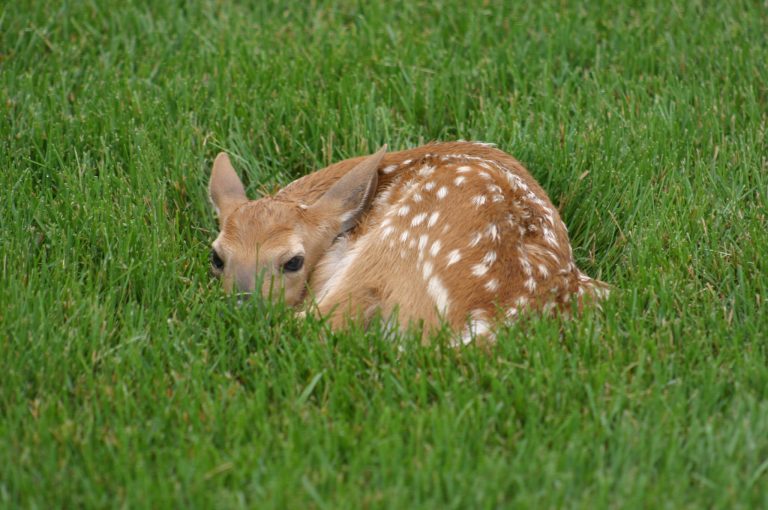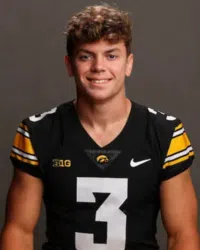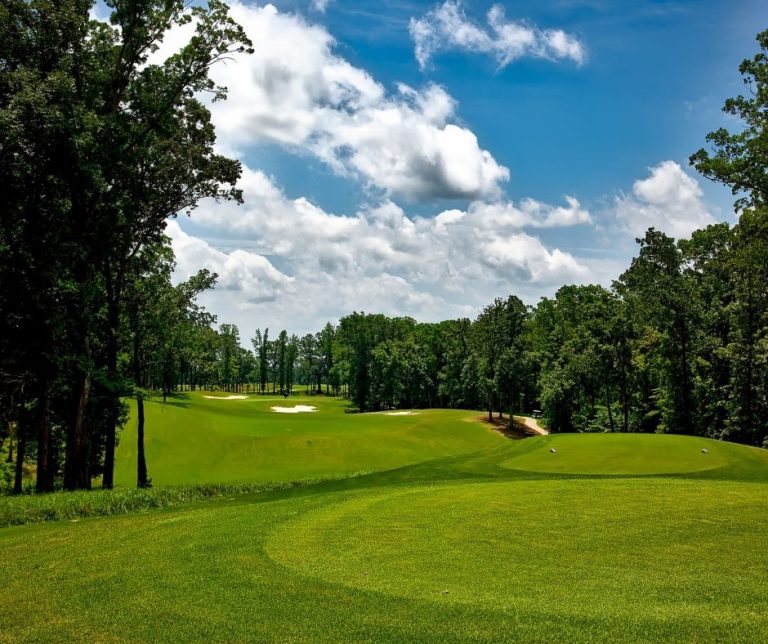Iowa DNR — A Hummingbird zips around the yard visiting one colorful flower after the next. A Robin sings from the top of the fruit tree. A Phoebe darts from a branch to catch an insect in flight. Birds are all around us, and whether we think about it or not, we need them. From pollination and seed dispersal, to pest control and their beautiful sights and sounds, birds benefit humans every day.
Sadly, a new study in the journal Science (Rosenberg et al. 2019, 3billionbirds.org) found that North America has lost approximately 2.9 billion birds since 1970, equivalent to 1 in every 4 birds gone. Some species groups have been hit harder than others. Grassland birds, for example, have declined by 53% since 1970. One of the most iconic grassland birds, and one that many Iowans have seen, is the Eastern Meadowlark. With their bright yellow breast, contrasting black collar, and cheery summer song, the Eastern Meadowlark is a memorable mascot of the prairie. Unfortunately, three in every four Eastern Meadowlarks have disappeared since 1970. These declines are not only sad but also a sign of the need for conservation and sustainable management of our natural resources. Yet, in sharing this information, I hope to encourage and inspire people, not to depress them and squash hope for improvement.

That same Science paper (Rosenberg et al. 2019) also documented population growth for certain species. Osprey, for example, have increased by over 300% since 1970 and hawks and eagles have increased more than 70%. Cranes have increased more than 900% and waterfowl populations are 55% larger than 1970 levels. Many of these successes are in-part because of conservation actions like banning the pesticide DDT to increase raptor breeding success and increasing wetland conservation for waterfowl. In the same spirit as these success stories, continued broad-scale conservation action can help reverse the declines affecting many other species.

So what can the average person do to help their feathered neighbors?
1. Create Habitat
Many scientists recognize the loss of habitat as a leading contributor to wildlife population declines. Although some non-habitat areas like agricultural fields, roads, and buildings are necessary, increasing the amount and quality of habitat is possible and likely one of the most effective ways to help birds and other wildlife. Habitat conservation and creation can take many forms. Entering land into conservation easements and habitat programs like the Conservation Reserve Program (CRP), volunteering to conduct habitat restoration and management on private property or public land, and increasing native plantings in yards and rights-of way, can all provide habitat for birds and other wildlife. The more native habitat the better, every little bit counts!
How To Create A Bird Friendly Yard
2. Reduce Bird Window Collisions
One study in The Condor (Loss et al. 2014) estimates that between 100 million and 1 billion birds die each year in the US from colliding with windows. Many times these collisions are caused when birds are drawn to lights or confused by outside habitat being reflected in windows. Although one person may not witness many strikes each year, multiplying those few individual instances by all the windows in the US can quickly become a large number and a significant threat to bird populations. Luckily, there are many simple solutions that can be implemented to alert birds that windows are solid and not an extension of their habitat. Adding closely-spaced decals to the outside of windows, striping windows with tempera paint or soap, using UV-reflective tape, or using one-way transparent films over windows are all temporary ways to protect birds from window strikes. More permanent solutions include using etched or bird-friendly glass, windows with screens on the outside, and installing netting outside of windows. Another tip is to place bird feeders either within 3 yards of windows, to reduce the impact speed of a potential collision, or farther than 10 yards away, to reduce the overall likelihood of a collision. Click here to learn more about how to reduce window strikes.
How To Reduce Bird Window Strikes
3. Spread the Word about Birds
Birds aren’t able to tell us exactly what they need so it’s our job to advocate for them. Actively considering birds and other wildlife when planning new development or landscaping can reduce negative impacts to their populations. Becoming a local community advocate for bird-friendly planning and education can greatly increase the interest in, and impact of, local conservation efforts. Volunteering can help people connect with their local birds and public lands while improving habitat quality for birds. Spread the word; birds are beautiful, birds are important, birds are worth conserving! Click here to learn about how to become a Bird Friendly Community in Iowa.
How To Become A Bird Friendly Community
More than 200 bird species nest in Iowa, but over 420 species spend at least part of their year here. Many of these birds migrate long distances to move between breeding and winter habitats and use Iowa as a place to rest and refuel along the way. By creating native habitat, reducing window strikes, and advocating for our feathered neighbors, we can make Iowa a better home for birds!


